The Career of Calligrapher Yuichi Inoue Celebrated in France
In 2018, the Maison de la culture du Japon in Paris presented his avant-garde universe composed of Chinese paper and ink.
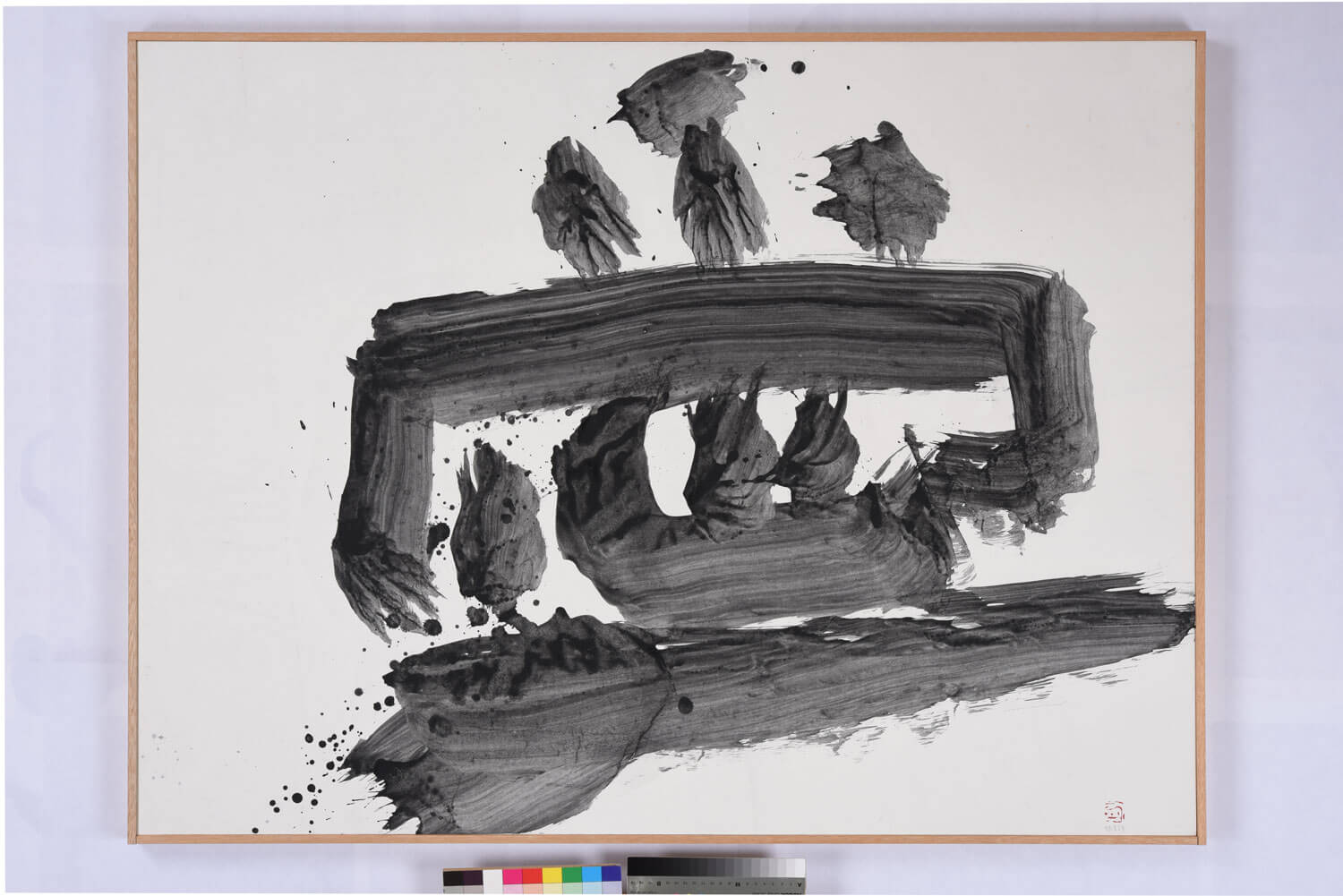
Yu-ichi Inoue, ‘Ai (Love)’, 1972, private collection, photo: Tokio Ito
He is described as ‘one of the most creative representatives of Japan’s post-war artistic avant-garde’. Yuichi Inoue, a former teacher, studied for eight years under talented calligrapher Ueda Sokyu.
In 2018, the Maison de la culture du Japon in Paris dedicated an exhibition to him.
Characters repeated over and over
He founded the Bokunjinkai group with some of his fellow students in 1952, in which they considered new ideas in painting and also in philosophy and literature, in both the East and West. He acquired a particular fondness for characters that he would repeat over and over again: ai (love), hana (flower) and hin (poverty).
Yuichi Inoue passed away in 1985 but his work on primitive language and abstract shapes lives on. Part of his body of work is displayed in the permanent collection at the National Museum of Modern Art, Tokyo.
Yuichi Inoue 1916-1985 — La calligraphie libérée (2018), an exhibition on the calligrapher that was held at the Maison de la culture du Japon in Paris from 14 July 2018 to 15 September 2018.
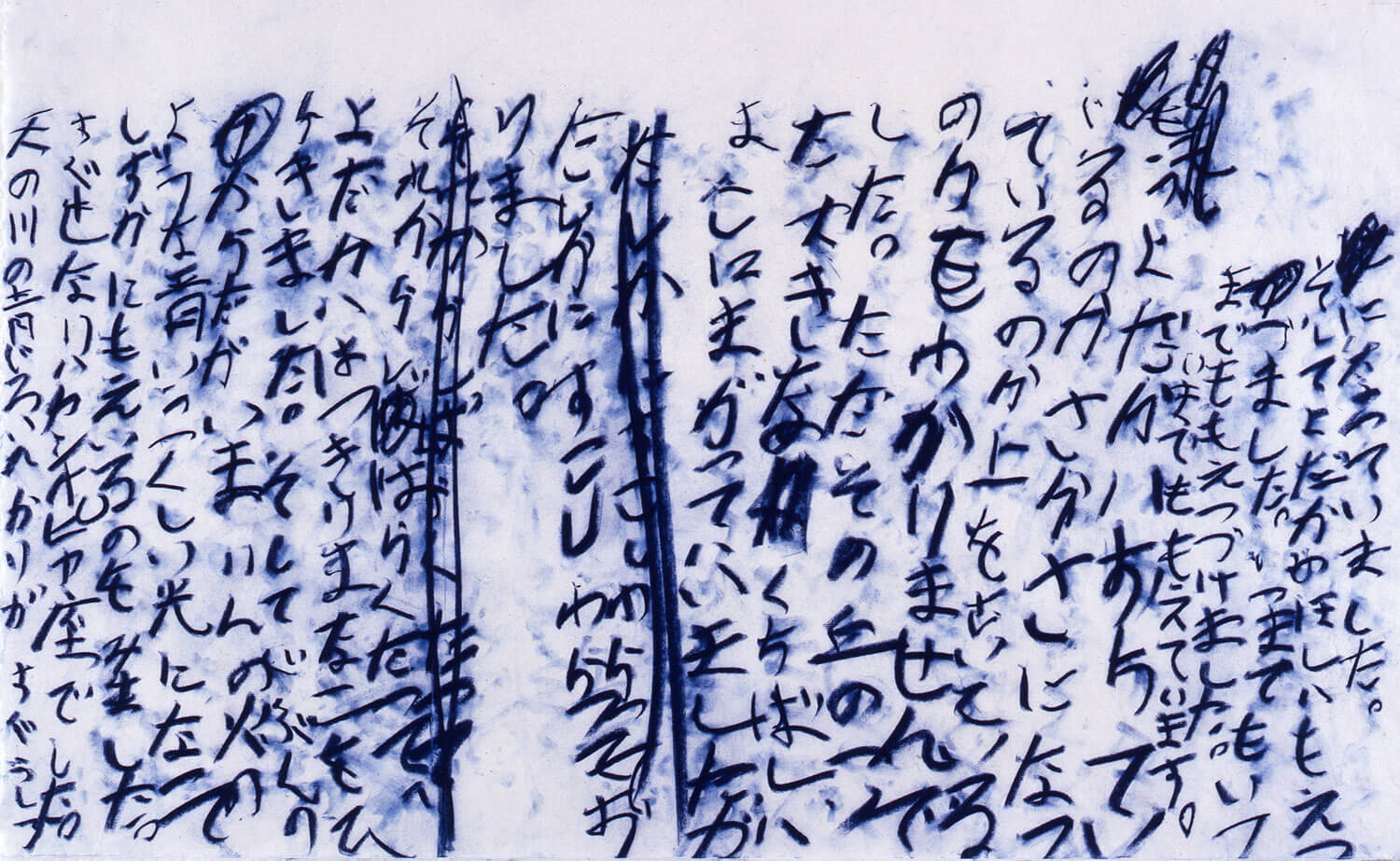
Yu-ichi Inoue, ‘Yodaka no Hoshi (The Star of the Night Falcon)’, 1984, The National Museum of Modern Art, Kyoto, photo: Tokio Ito
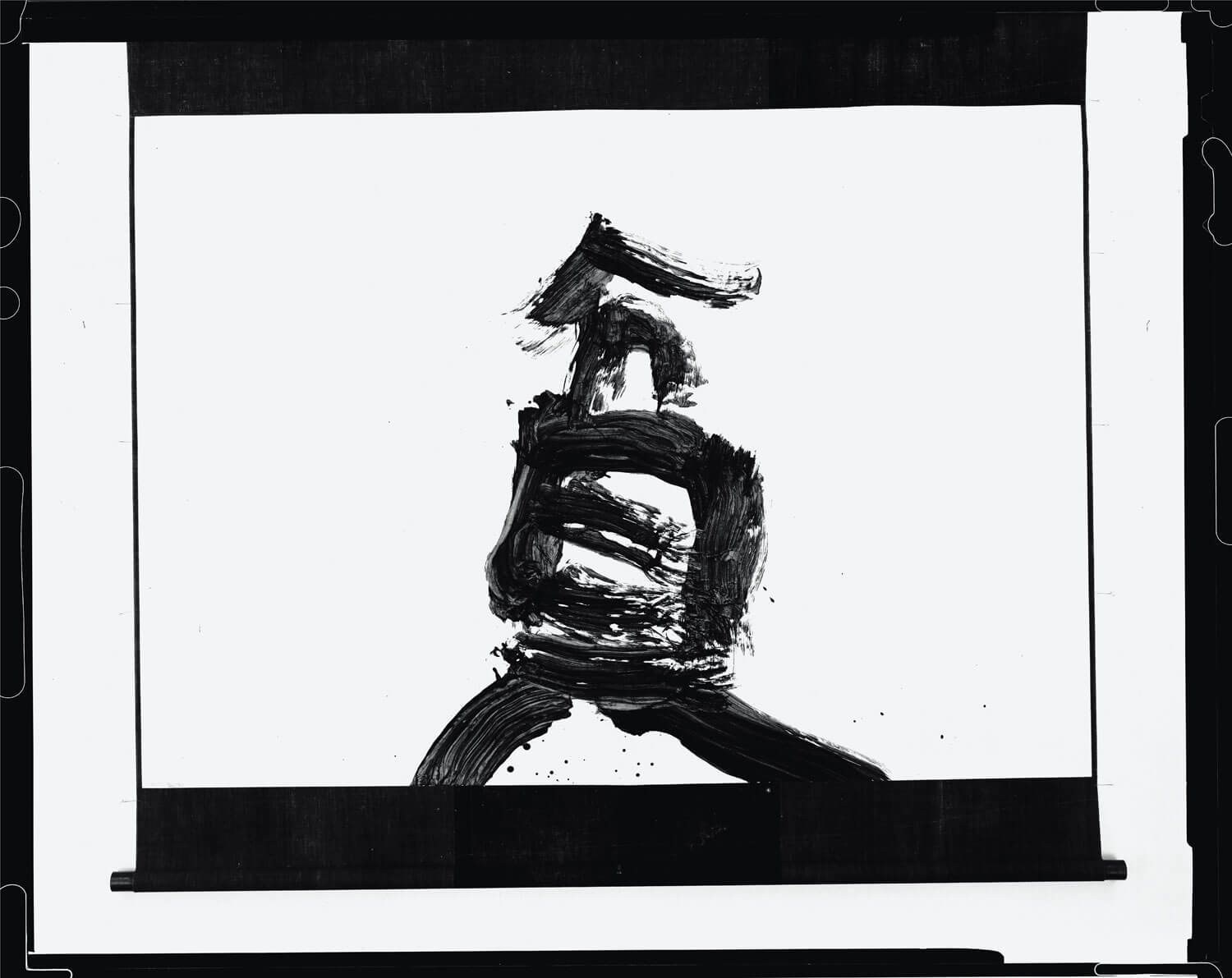
Yu-ichi Inoue, ‘Hin (Poverty)’, 1972, The National Museum of Modern Art, Kyoto, photo: Tokio Ito
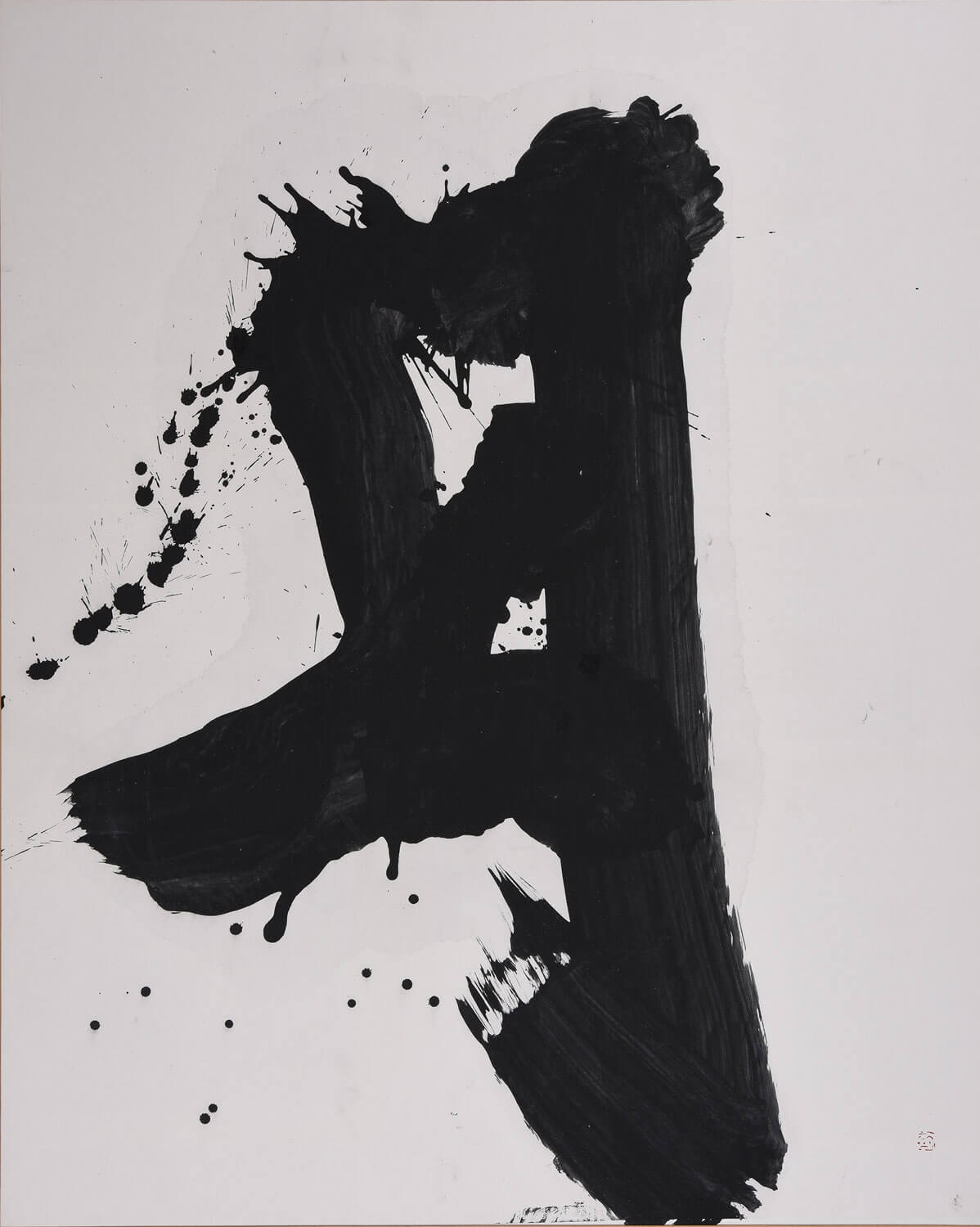
Yu-ichi Inoue, ‘Tsuki (Moon)’, 1982, private collection, photo: Tokio Ito
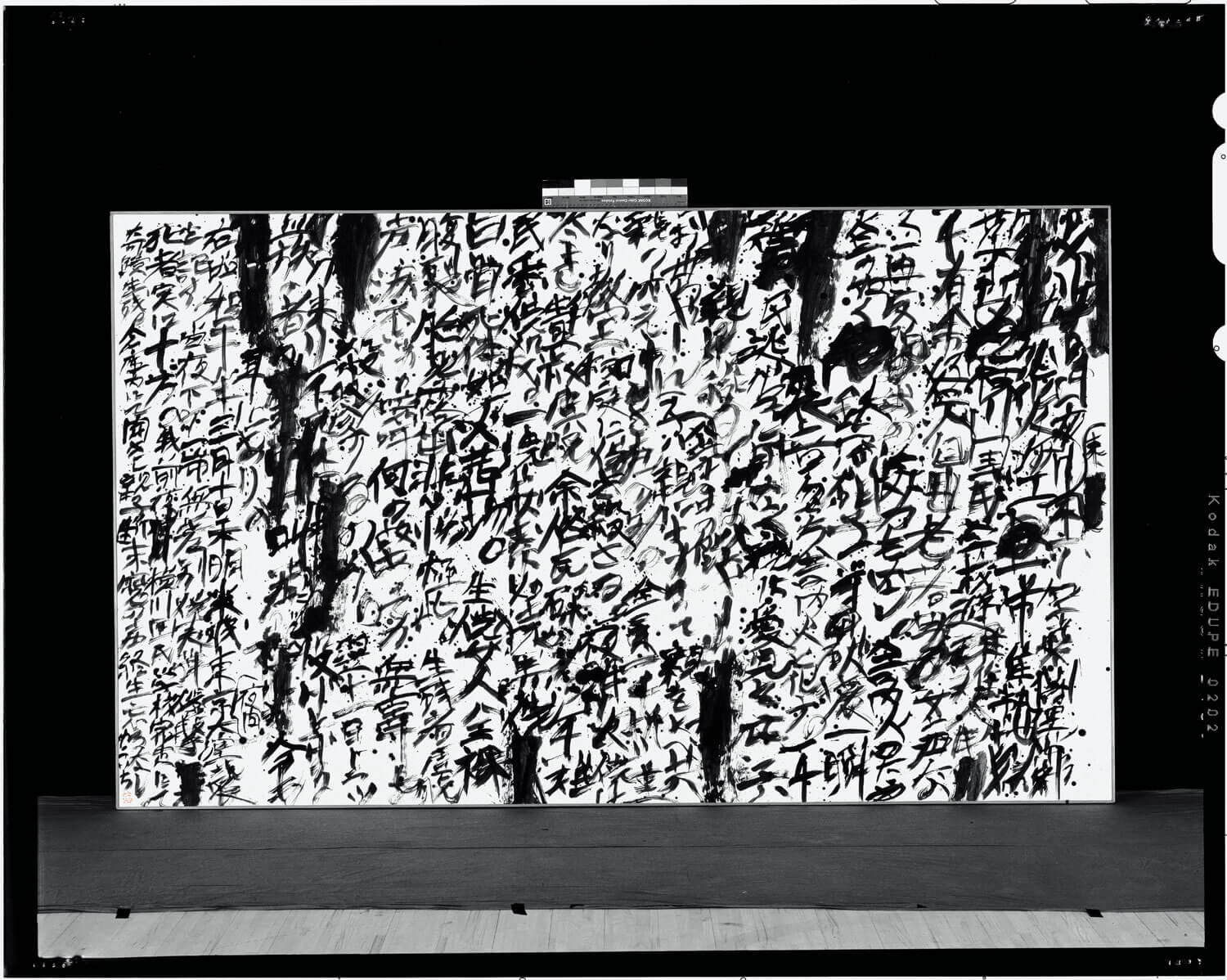
Yu-ichi Inoue, ‘Ah Yokokawa Kokumin- gakkô (Ah! Yokokawa Primary School)’, 1978, The Museum of Modern Art, Gunma, photo: Tokio Ito 
TRENDING
-
Hiroshi Nagai's Sun-Drenched Pop Paintings, an Ode to California
Through his colourful pieces, the painter transports viewers to the west coast of America as it was in the 1950s.

-
A Craft Practice Rooted in Okinawa’s Nature and Everyday Landscapes
Ai and Hiroyuki Tokeshi work with Okinawan wood, an exacting material, drawing on a local tradition of woodworking and lacquerware.

-
The Tattoos that Marked the Criminals of the Edo Period
Traditional tattoos were strong signifiers; murderers had head tattoos, while theft might result in an arm tattoo.

-
David Bowie Dressed by Kansai Yamamoto
The English singer was strongly influenced by 'kabuki' theatre and charged the Japanese designer with creating his costumes in the 1970s.

-
‘Seeing People My Age or Younger Succeed Makes Me Uneasy’
In ‘A Non-Conformist’s Guide to Surviving Society’, author Satoshi Ogawa shares his strategies for navigating everyday life.





